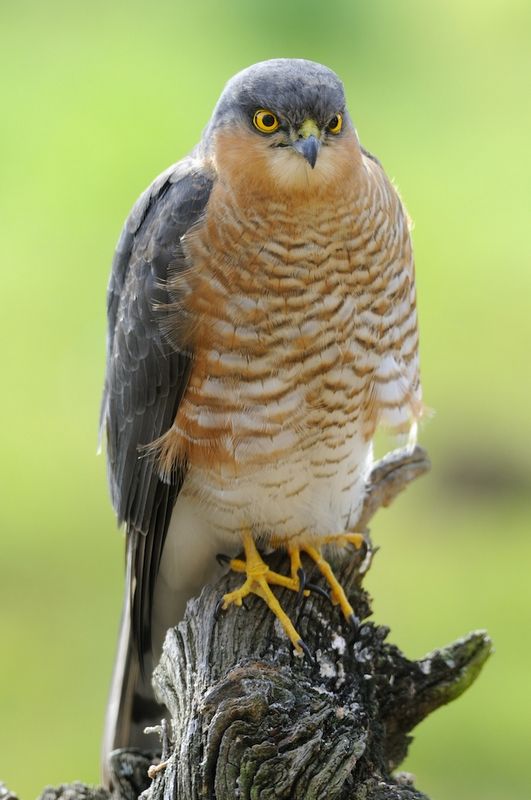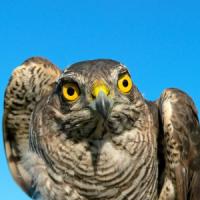- Home
- FAQs
- Customer Video Gallery
- Customer Photo Gallery
- Bird Facts
- Bird Food Blog
- Bird Information
- Feeding Advice
- Small Animal Information
- A to Z of Guinea Pigs
- A to Z of Hamsters
- A to Z of Rabbits
- Basic Care for Guinea Pigs
- Basic Care for Hamsters
- Basic Care for Rabbits
- Basic care for Chinchillas
- Basic care for Ferrets
- Basic care for Gerbils
- Basic care for Mice
- Basic care for Rats
- Buying a Healthy Small Animal
- Does your Reptile need a Licence
- Equipment for Ferrets
- Equipment for Hamsters
- Equipment for Mice
- Equipment for your Chinchilla
- Equipment for your Gerbil
- Equipment for your Guinea Pig
- Equipment for your Rabbit
- Keeping a House Rabbit
- Dog Information
- Cat Information
- Customer Information
- Fat Balls
- Suet Pellets
- Straights
- Seed Mixes
- Suet Treats
- Mealworms
- Bird Feeders
- My Account

| Scientific Name | Accipiter nisus |
| Breeding | April |
| Fledge Days | c. 32 |
| Incubation Days | 32-42 |
| Lifespan | 4 years |
| Number of Clutches | 1 |
| Number of Eggs | 2-7 |
| Size | 33cm |
| Weight | 150-260g |
| Wingspan | 62cm |
Bird Family : Hawks
Sparrowhawk Facts - Information About Sparrowhawk
Sparrowhawk - Accipiter Nisus
The Sparrowhawk is a very common bird of prey. It is reasonably easy to identify in flight as it has a characteristic flap flap glide motion, this along with the longish tail and broad rounded wings makes it easily separable from our other common bird of prey…the Kestrel.
Identification:
Adult
- Sparrowhawks are fairly common birds and will often dash through the garden in pursuit of small birds, this is their favoured way of feeding.
- Adult males and females are quite different.
- Males are smaller than females, similar in size to Kestrel but far ‘chunkier’ and broader winged.
- Males are blue-grey above with longish tail which shows 4 dark bars, head is grey.
- Face shows rufous cheeks and paler throat.
- Eye is yellow as is the bill.
- The paler throat merges into a rufous barred breast which gradually gets paler and less barred towards the belly.
- The undertail coverts are white.
- When soaring, underside of wings are pale and heavily barred.
- Legs are long and yellow.
- Females can be 20% larger than males.
- Upperparts are grey-brown and lack the bluey quality of the males, tail is barred.
- Head shows a white eyestripe, whitish lores and throat, all with slight streaking.
- Females lack any rufous colouring.
- Underparts are white with fine dark barring from the chest down to the legs.
- Undertail coverts are white.
- When soaring, undersides of wings are pale and heavily barred.
Juvenile
- Juveniles appear from April onwards and are show a combination of male and female characteristrics.
- Young birds are look more like females, being dark brown, they show an eyestripe and are very heavily barred (brown) on the throat, breast and belly.
- Undertail is white.
- Bill and eye yellow, legs yellow.
Status and Distribution
The Sparrowhawk is a very abundant breeding resident in the UK with over 4 million pairs. The Sparrowhawk occurs in all counties throughout the UK and Ireland.
Habitat/Food
Sparrowhawks occur in all habitat types throughout the UK, woodlands, parks, gardens, farmland, indeed any open country habitat with suitable scrub. They nest in large trees.
Their method of attack is speed and surprise, In the garden Sparrowhawks will dash through a feeding party of small birds and pick one out.
Song/Call
Call note; most often heard is a series of rapid notes in one tone....’keekeekeekeekeekeekee’.
Also a single ‘ Kee-ee’.






